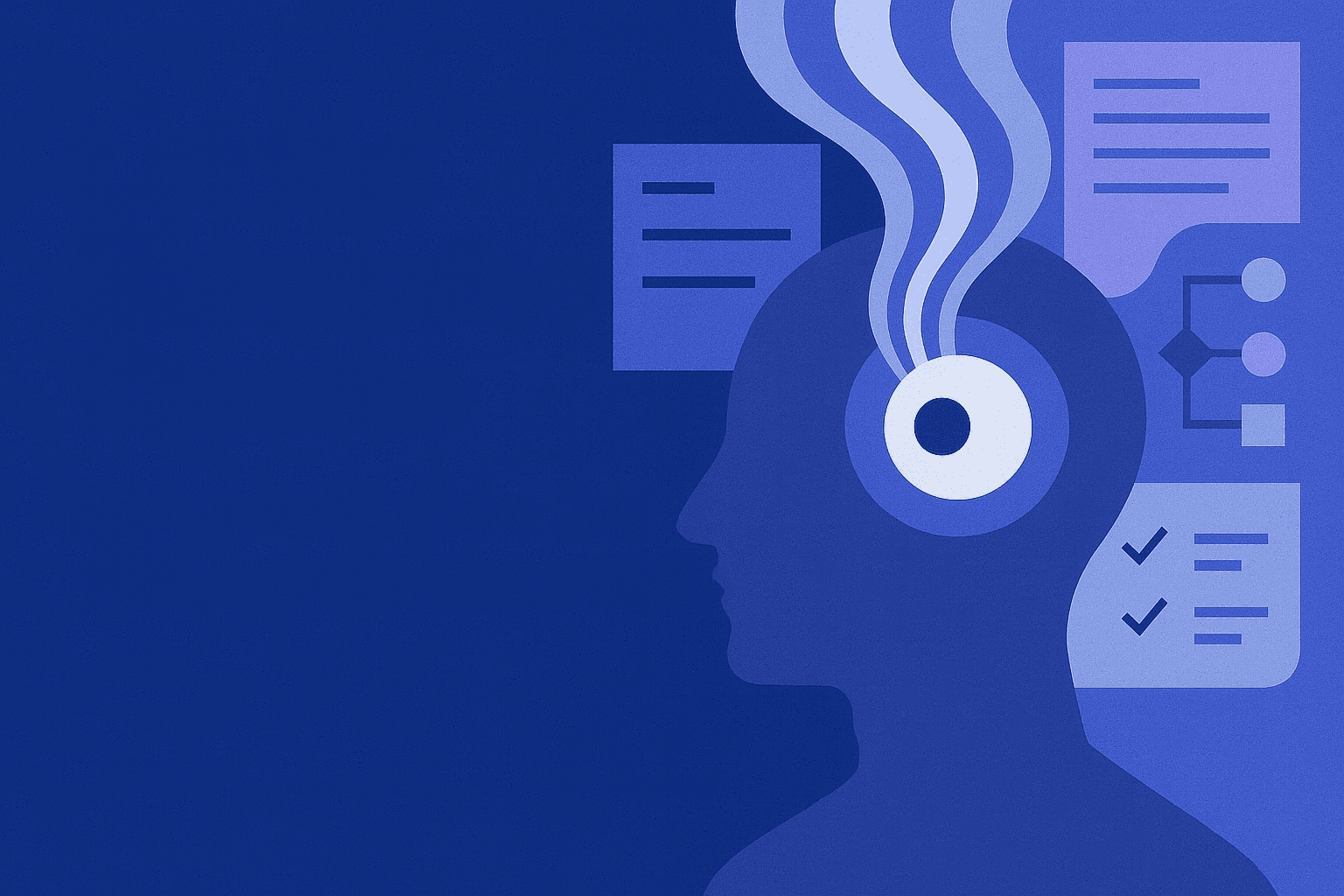Walk into any large enterprise today and you’ll feel it - the quiet suffocation of systems. Too many dashboards. Too many approvals. Too many people doing “checklist” work that keeps the lights on but dims innovation.
And then, almost imperceptibly, something shifts. A task you forgot gets done. A report shows up without anyone pulling it. A reminder pings you, but not from your calendar, from a system that knows what you’ll forget before you do.
That’s not magic. That’s an AI agent, doing what most enterprises haven’t dared to imagine: letting the organization breathe.
The Hidden Tax of Busyness
Most corporate teams aren’t stuck because of poor strategy. They’re stuck because of invisible labor, status updates, syncing tools, pulling data, routing forms.
Work about work. Noise about noise.
What if that friction just… disappeared?
AI agents are showing us what’s possible when machines take over the coordination, not just the execution. Not automation in the robotic sense. Autonomy in the intelligent sense.
Agents as Org Whisperers
Imagine agents that don’t just wait for instructions but interpret signals across your systems and act:
- An agent that senses when a deal is stalling and nudges legal and finance without you escalating.
- An agent that sees hiring slowdowns and reallocates open headcount approvals before budget locks in.
- An agent that cross-checks marketing campaigns against product readiness and pulls the plug when alignment breaks.
These aren’t bots. These are organizational whisperers - sensing tension, predicting needs, and rebalancing work like a nervous system.
Under the Hood: What Powers Enterprise AI Agents
At a technical level, modern enterprise AI agents are orchestrated using a fusion of components: foundational large language models (LLMs) for natural language understanding, vector databases for contextual memory, API orchestration layers for system interoperability, and rule-based guardrails for safety and compliance. Many organizations are leveraging platforms like Microsoft Copilot Studio, LangChain, or Semantic Kernel to stitch these together. The result? Agents that can not only converse, but act - initiating workflows, triggering automations, and making conditional decisions across business systems. What used to require weeks of backend integration can now be assembled using modular, low-code infrastructure, abstracting complexity while retaining control.
This Is Not the Future. It’s a Design Problem.
Most companies already have the ingredients: APIs, cloud infrastructure, data exhaust, LLMs. What they lack is imagination.
They still think in workflows, not outcomes. In tools, not systems. In dashboards, not decisions.
The leap is not technological. It’s architectural and cultural. It’s the decision to design your organization like a living, adaptive system - not a static org chart.
What Changes When Agents Exist
When AI agents become part of your org’s DNA:
- Middle management evolves from coordination to coaching.
- Executives shift from chasing metrics to shaping priorities.
- Employees reclaim their time for judgment, creativity, and empathy - the things only humans do well.
The payoff? Faster cycles. Lower burnout. More resilient operations. And space to innovate without needing permission.
The Quiet Revolution Has Begun
If you’re still asking “What’s the ROI of AI agents?” - you’re asking the wrong question.
It’s like asking the ROI of electricity in 1920. The real question is:
What does your company become when it stops running on manual labor?
Final Words
AI agents aren’t here to replace people. They’re here to retire the part of our jobs that never made sense in the first place.
To give our work back its breath.
To remind us that intelligence, at scale, isn’t about doing more. It’s about doing better.
And that maybe, just maybe, it’s time to let the enterprise breathe.



